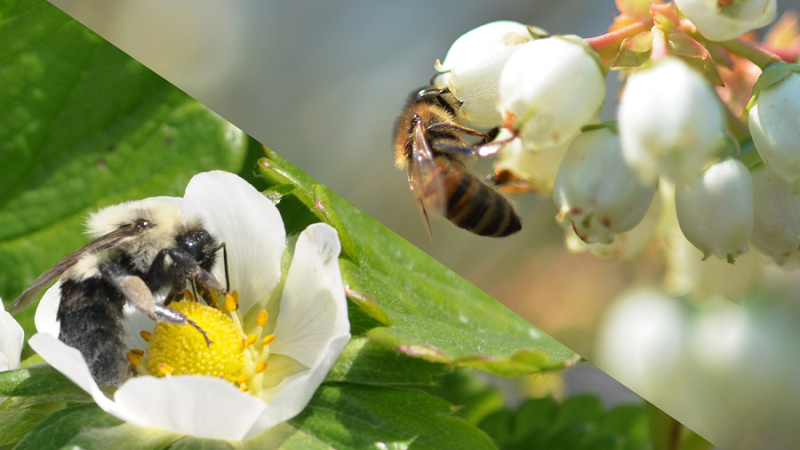Pour It On: Almond Growers Encouraged to Recharge Groundwater

Almond grower Christine Gemperle of Turlock, CA, takes advantage of this past winter’s surfeit of water by opening a valve to allow excess storm flows to flood a portion of her land. Groundwater recharge is trending in the Golden State. Photo courtesy of Almond Board of California
The atmospheric rivers that flowed over California this past winter opened growers’ eyes to the potential of groundwater recharge, which could save them precious water in such heavy precipitation years for the inevitable years of drought that lie ahead.
The Almond Board of California (ABC) and the nonprofit Sustainable Conservation have developed an “Introduction to Groundwater Recharge” guide so California almond growers can begin evaluating their options for addressing local sub-basin overdraft through recharge, helping secure reliable, sufficient, and drought-resilient groundwater supplies.
These on-farm recharge strategies can be adapted so almond growers can play a big part in helping to recharge groundwater with valuable runoff flows this spring and even into summer, says one of the guide’s authors, ABC Principal Analyst Jesse Roseman.
There are any number of factors for growers to consider, but one represents a huge opportunity. With almond prices so low and input prices high, growers are pushing out a lot of older, nonproductive orchards, Roseman says.
“This year, fallowed ground represents a huge opportunity, a well-above-average number of acres were removed not only in almonds, but across grapes, walnuts, several crops,” he says, advising growers to take advantage. “California doesn’t get these years very often. Don’t just plan for drought, plan for wet years and try and avoid some of the worst estimates of the SGMA, which is that 1 in 5 acres come out of production.”
SUSTAINABILITY IS KEY
The SGMA is the Sustainable Ground-water Management Act, a state law passed in 2014 that mandates the approval of groundwater management plans to pre-
vent the state’s groundwater from being pumped out, causing land subsidence and other problems.
Growers who are able to receive floodwater can help recharge local groundwater basins, ease pressure on flood control infrastructure by diverting water elsewhere and help support meeting the goals set in the SGMA, Roseman says.
If you are a grower with fallowed acreage and interested in helping to put surface water into groundwater aquifers, contact your local irrigation district to see if they will be making flows available to apply to lands for recharge, Roseman says.
The more landowners who participate in this effort, the better off groundwater basins will be. A healthier basin will be more likely to come into compliance with SGMA and could be able to support larger allocations for growers.









